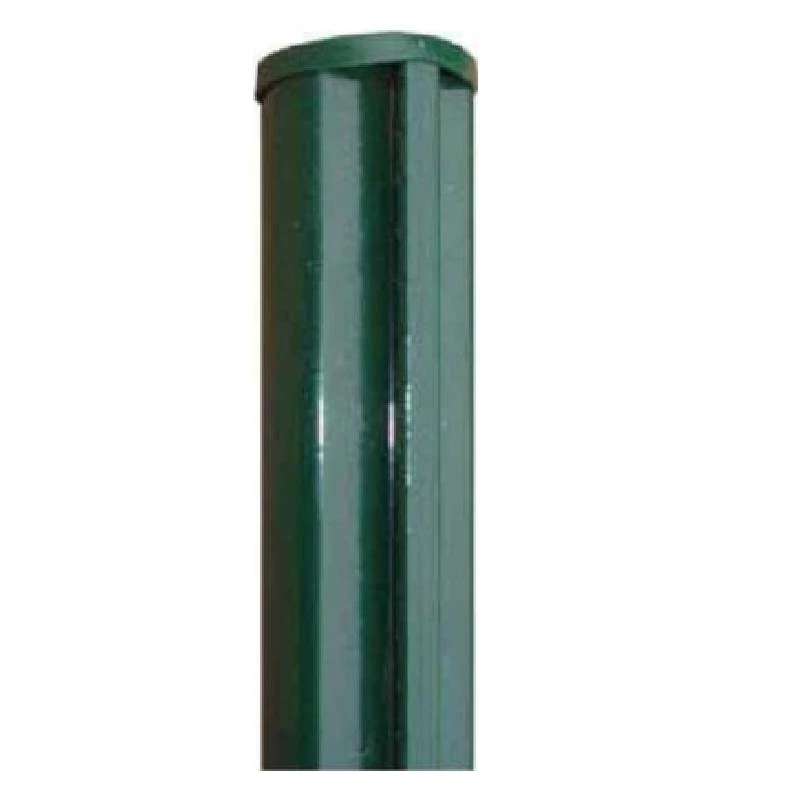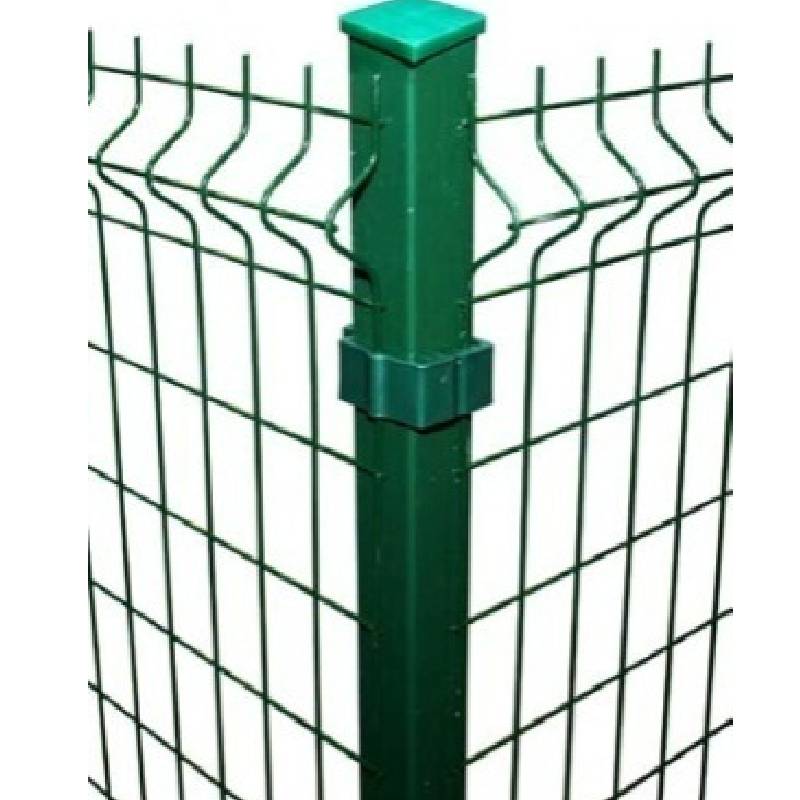-
El. paštas:zhao@hyliec.cn
-
Tel:+86 311 85273988
-
WhatsAPP:8613931128750
-
 Afrikos
Afrikos -
 albanų
albanų -
 amharų
amharų -
 arabiškas
arabiškas -
 armėnų
armėnų -
 Azerbaidžaniečių
Azerbaidžaniečių -
 baskų
baskų -
 baltarusių
baltarusių -
 bengalų
bengalų -
 bosnių
bosnių -
 bulgarų
bulgarų -
 katalonų
katalonų -
 Cebuano
Cebuano -
 Korsikiečių
Korsikiečių -
 kroatų
kroatų -
 čekų
čekų -
 danų
danų -
 olandų
olandų -
 Anglų
Anglų -
 Esperanto
Esperanto -
 Estų
Estų -
 suomių
suomių -
 Prancūzų kalba
Prancūzų kalba -
 fryzų
fryzų -
 Galisų
Galisų -
 gruzinų
gruzinų -
 vokiškai
vokiškai -
 graikų
graikų -
 gudžaratų
gudžaratų -
 Haičio kreolų
Haičio kreolų -
 hausa
hausa -
 havajietis
havajietis -
 hebrajų
hebrajų -
 Ne
Ne -
 Miao
Miao -
 vengrų
vengrų -
 islandų
islandų -
 igbo
igbo -
 Indoneziečių
Indoneziečių -
 airių
airių -
 italų
italų -
 japonų
japonų -
 javiečių
javiečių -
 kanada
kanada -
 kazachų
kazachų -
 khmerų
khmerų -
 Ruandos
Ruandos -
 korėjiečių
korėjiečių -
 kurdų
kurdų -
 Kirgizų
Kirgizų -
 TB
TB -
 lotynų kalba
lotynų kalba -
 latvių
latvių -
 lietuvių
lietuvių -
 liuksemburgiečių
liuksemburgiečių -
 Makedonietis
Makedonietis -
 Malgashi
Malgashi -
 malajiečių
malajiečių -
 malajalių
malajalių -
 maltiečių
maltiečių -
 maorių
maorių -
 marati
marati -
 mongolų
mongolų -
 Mianmaras
Mianmaras -
 Nepaliečių
Nepaliečių -
 norvegų
norvegų -
 norvegų
norvegų -
 oksitanų
oksitanų -
 puštūnų
puštūnų -
 persų
persų -
 lenkas
lenkas -
 portugalų
portugalų -
 Pandžabų
Pandžabų -
 rumunų
rumunų -
 rusų
rusų -
 samoiečių
samoiečių -
 škotų gėlų
škotų gėlų -
 serbų
serbų -
 Anglų
Anglų -
 Šona
Šona -
 Sindhi
Sindhi -
 Sinhala
Sinhala -
 slovakų
slovakų -
 slovėnų
slovėnų -
 Somalis
Somalis -
 ispanų
ispanų -
 Sundanai
Sundanai -
 suahilių
suahilių -
 Švedijos
Švedijos -
 tagalogų
tagalogų -
 tadžikų
tadžikų -
 tamilų
tamilų -
 totorių
totorių -
 telugų
telugų -
 tajų
tajų -
 turkų
turkų -
 turkmėnų
turkmėnų -
 ukrainiečių
ukrainiečių -
 urdu
urdu -
 Uigūras
Uigūras -
 uzbekas
uzbekas -
 vietnamiečių
vietnamiečių -
 valų
valų -
 Pagalba
Pagalba -
 jidiš
jidiš -
 Joruba
Joruba -
 Zulu
Zulu
Tvoros stulpas
What Type Of Fence Post Is Best?
The best type of fence post depends on various factors such as the type of fence, local climate, soil conditions, and personal preferences. Common options for fence posts include:
1. Round steel posts: Round steel posts are a traditional and versatile choice, suitable for various fence types. They can be treated to resist rot and decay, but may require maintenance over time.
2. Square steel posts and rabbet posts offer durability and strength, making them suitable for supporting heavy or high-security fences. They are resistant to rot and insect damage.
3. Steel round posts/ square posts/ rabbet with base plate: They are suitable to install on the concrete ground, and fixed by concrete nails.
What Size Is A Fence Post?
Fence posts come in various sizes, typically having Φ32 Φ34 Φ38 Φ48 Φ60 Φ80 for round steel posts and 40x40 60x60 40x60 60x60 80x80 100x100 etc for square tube posts in dimension. The specific size of a fence post depends on the type of fence being installed, the height and weight of the fence panels, and the local building codes or regulations. It's important to select the appropriate size of fence post to ensure stability and structural integrity for the specific fencing project. Consulting with a professional or referring to local building codes can provide guidance on the recommended size of fence posts for a particular application.
Fence Post FAQ:
What type of fence post is best?
The best type of fence post depends on various factors such as the type of fence, local climate, soil conditions, and personal preferences. Common options for fence posts include round steel posts, square steel posts and rabbet steel posts, posts with base plate or without base plate. Each type has its own advantages and considerations, so it's important to choose the most suitable option based on the specific requirements of the fence project.
What size is a fence post?
Fence posts come in various sizes, typically typically having Φ32 Φ34 Φ38 Φ48 Φ60 Φ80 for round steel posts and 40x40 60x60 40x60 60x60 80x80 100x100 etc for square tube posts in dimension. The specific size of a fence post depends on the type of fence being installed, the height and weight of the fence panels, and local building codes or regulations. It's important to select the appropriate size of fence post to ensure stability and structural integrity for the specific fencing project.
How to install a panel fence?
Paneling a fence involves several steps, including measuring and planning, installing the posts, attaching the panels, adding finishing touches, and performing regular maintenance. It's important to follow the manufacturer's instructions and local building codes when paneling a fence to ensure proper installation and compliance with regulations. If in doubt, it's advisable to consult with a professional or seek guidance from experienced individuals.






